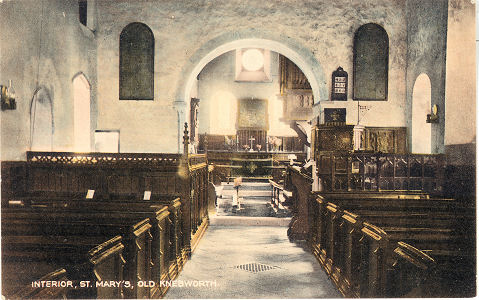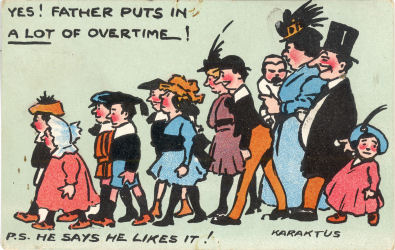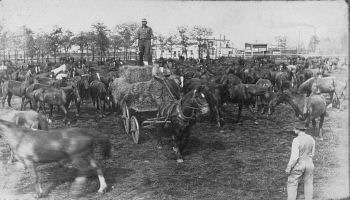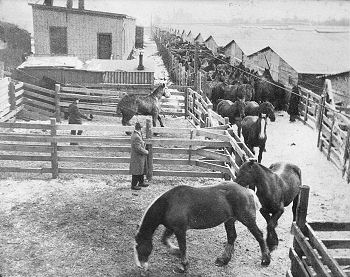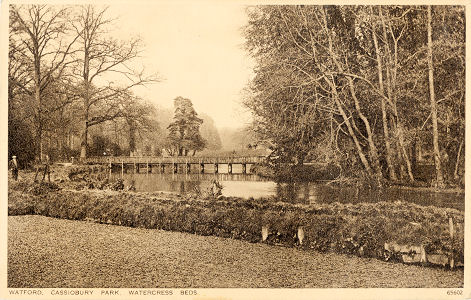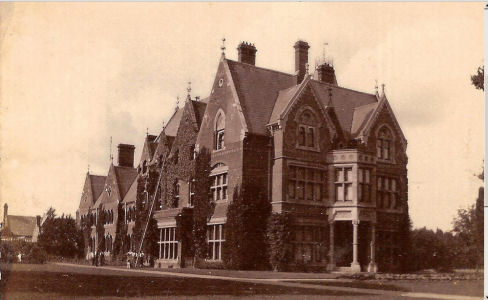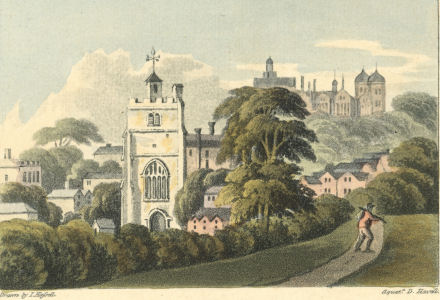
The September 2013 issue of the Genealogists' Magazine (the Journal of the
Society of Genealogists) contains one article of particular interest to this web site. This is an article by Barney Tyrwhitt-Drake on
Anne Drake Garrard's Commonplace Book. Anne was the daughter of Charles Drake who changed his surname when he inherited part of the property of the Garrard family at Lamer, near Wheathamstead. "
Anne was the archtypical maiden aunt to several generations of her family, and her commonplace book includes contributions from many cousins and more distant relatives. ... she left several genealogical nuggets for her relatives. Among these was a four generation family tree [Illustrated]
from Montague Drake (1698-1728) to Thomas D Tyrwhitt Drake (1749-1810). She dates her book from 1806 in the early pages, so this tree was drawn up in the early 19th century."
The family tree refers to earlier non-Hertfordshire generations, and there are no Hertfordshire quotations given in the short article, but it is useful to note when such documents survive, and where possible make sure that their contents are accessible to future generations.
The magazine also includes an interesting article which illustrates how Richard III bones, discovered under a car park in Leicester, could be identified by finding a living relative down the female line, and matching mtDNA.
The Library section contain three new additions relating to Hertfordshire. These are a copy of the book, Cathedral & City (St Albans) and transcripts of the registers of Watford Congregational Church and St Stephen Presbyterian Church, Watford.

